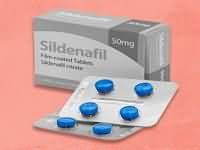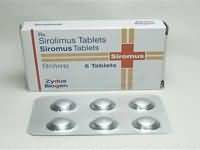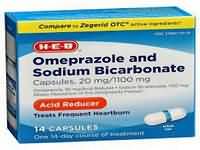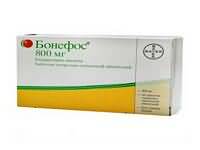ipratropium bromide

ipratropium bromide
CLINICAL USE
Anticholinergic bronchodilator:Reversible airways obstruction, particularly in COPDDOSE IN NORMAL RENAL FUNCTION
Nebuliser solution: 250–500 micrograms 3– 4 times dailyInhaler: 20–80 micrograms 3–4 times dailyPHARMACOKINETICS
DOSE IN RENAL IMPAIRMENT
GFR (mL/MIN)
DOSE IN PATIENTS UNDERGOING RENAL REPLACEMENT THERAPIES
IMPORTANT DRUG INTERACTIONS
Potentially hazardous interactions with other drugsADMINISTRATION
Reconstition
–Route
InhaledRate of Administration
Nebuliser: according to nebuliserComments
The dose of nebuliser solution may need to be diluted in order to obtain a final volume suitable for the nebuliserSterile sodium chloride 0.9% should be used if dilution is requiredOTHER INFORMATION
Following inhalation, only a small amount of ipratropium reaches the systemic circulation. Any swallowed drug is poorly absorbed from the GI tract
See how to identify renal failure stages according to GFR calculation
See how to diagnose irreversible renal disease
Home








